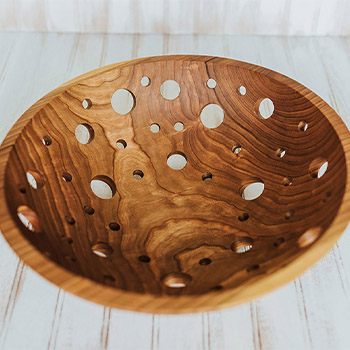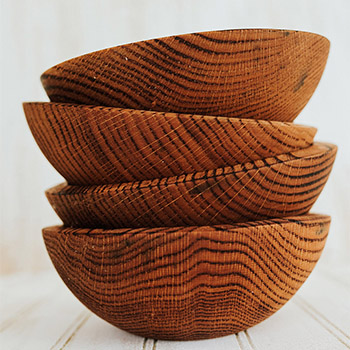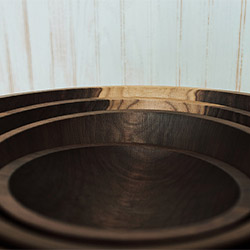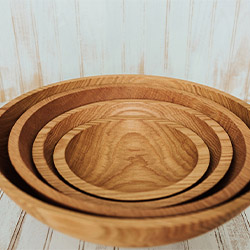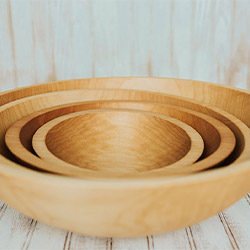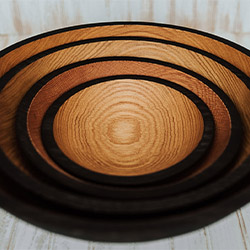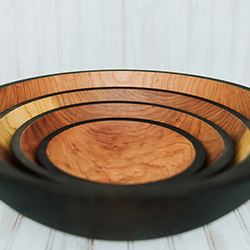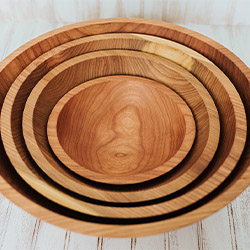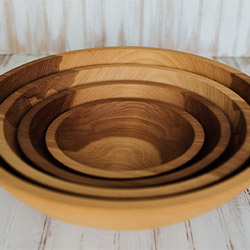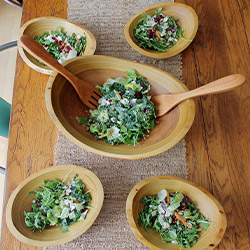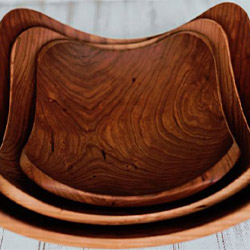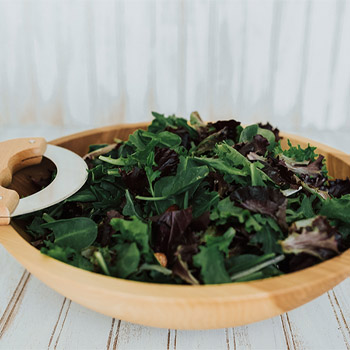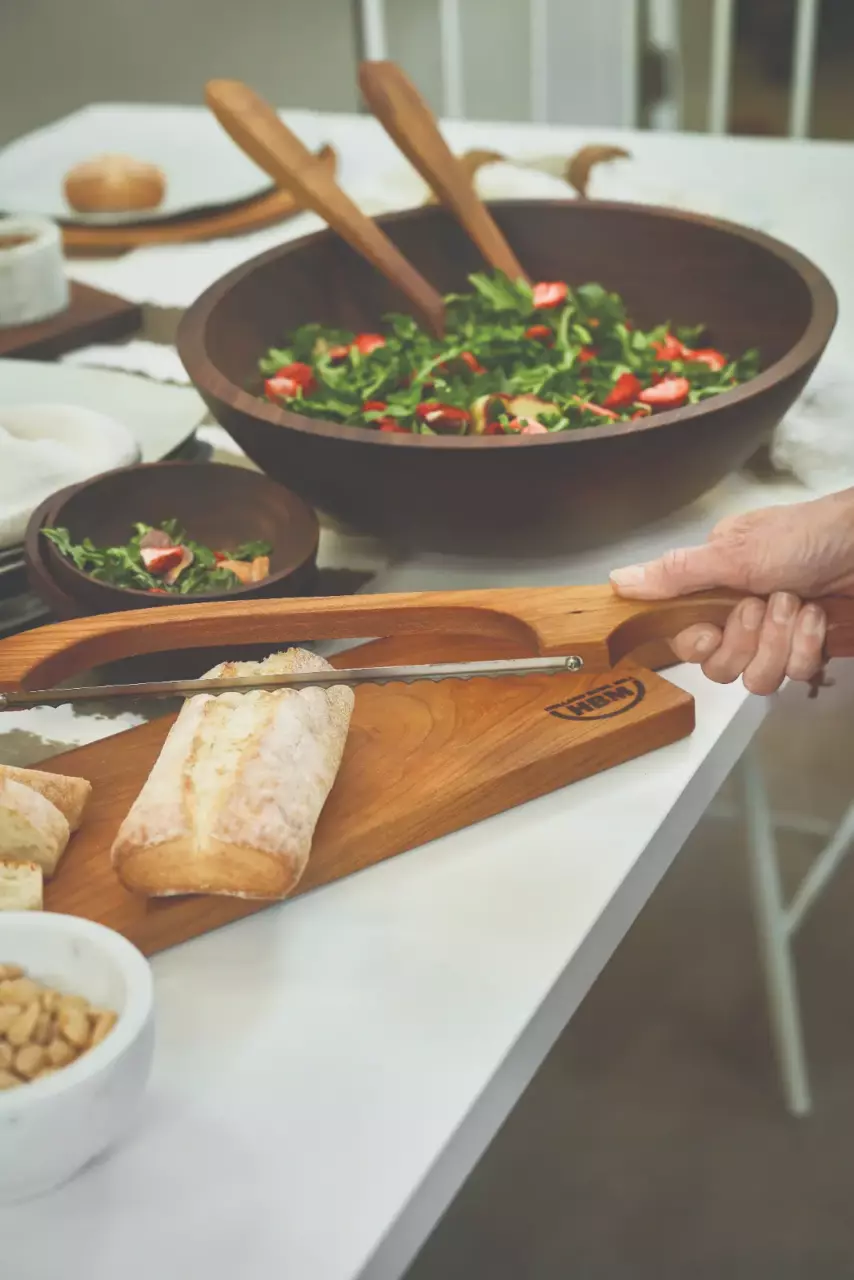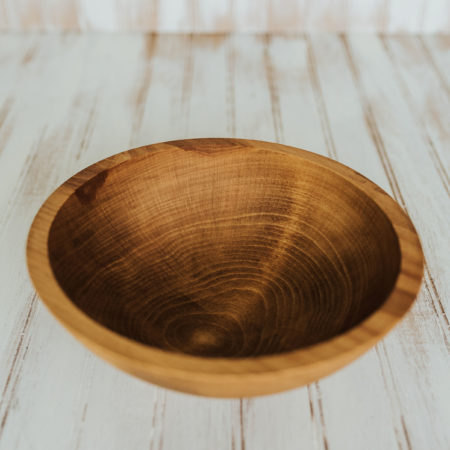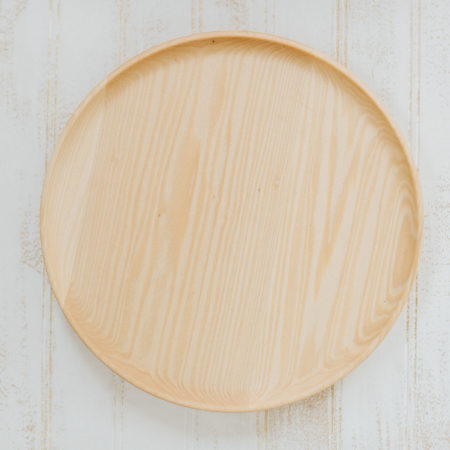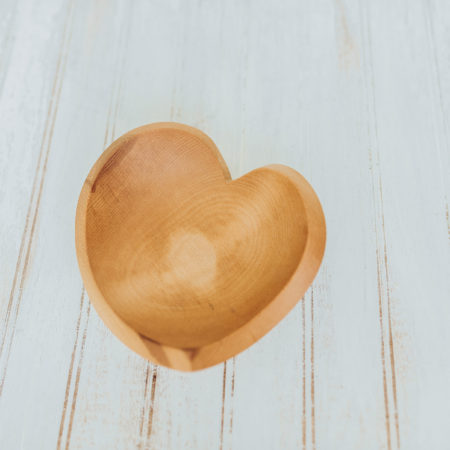When it comes to choosing a cutting board, you want something that will stand the test of time, like a sturdy ship sailing through choppy waters. Maple and walnut are two popular choices, each with their own unique qualities. But which one is right for you?
In this discussion, we will explore the top 3 tips to help you navigate the maple versus walnut cutting board dilemma, leaving you with the knowledge to make an informed decision that will leave you hungry for more.
Key Takeaways
Durability and Maintenance
When it comes to durability and maintenance, maple and walnut cutting boards are both excellent choices. These two types of wood are known for their strength and longevity, making them perfect for your kitchen needs.
Maple cutting boards are highly durable and can withstand the test of time. They’re resistant to scratches and knife marks, ensuring that your board will remain in top condition for years to come. Additionally, maple has natural antibacterial properties, which means that it can inhibit the growth of bacteria, keeping your food safe and reducing the risk of contamination. To maintain your maple cutting board, simply wash it with warm, soapy water and dry it thoroughly after each use. Regularly applying a food-safe mineral oil will help to keep the wood moisturized and prevent it from drying out.
On the other hand, walnut cutting boards are also known for their durability. Walnut wood is dense and hard, making it resistant to knife marks and scratches. It has a beautiful dark color and a rich grain pattern, adding a touch of elegance to your kitchen. To maintain your walnut cutting board, wash it with warm, soapy water and dry it completely after each use. Apply a food-safe oil, such as walnut oil or mineral oil, regularly to keep the wood nourished and protected.
Both maple and walnut cutting boards are excellent choices when it comes to durability and maintenance. Choose the one that suits your style and enjoy a long-lasting and easy-to-maintain cutting board in your kitchen.
Cutting Surface and Performance
To achieve optimal cutting surface and performance, consider the characteristics of maple and walnut cutting boards. Both maple and walnut are popular choices for cutting boards due to their durability, hardness, and resistance to moisture. However, there are some key differences that can affect their performance in the kitchen.
| Characteristics |
Maple Cutting Boards |
Walnut Cutting Boards |
| Hardness |
Hard |
Hard |
| Durability |
High |
High |
| Resistance to Moisture |
Good |
Good |
| Cutting Surface |
Smooth |
Slightly textured |
| Knife-Friendly |
Yes |
Yes |
Maple cutting boards are known for their smooth cutting surface. The tight grain of maple wood allows for easy and precise cutting, making it a favorite among chefs and home cooks alike. With its hard and durable nature, maple cutting boards can withstand heavy use without showing signs of wear and tear. They are also resistant to moisture, which means they won’t warp or crack easily.
On the other hand, walnut cutting boards have a slightly textured surface. This texture helps to grip the food being cut, preventing it from slipping around. While the texture may not be as smooth as maple, it still provides a reliable cutting surface. Walnut cutting boards are also hard and durable, making them a great choice for those who require a sturdy cutting surface.
Both maple and walnut cutting boards are knife-friendly, meaning they won’t dull your knives quickly. The hardness of these woods allows for clean cuts without damaging the blade.
Aesthetics and Style
Consider the visual appeal and design options when choosing between maple and walnut cutting boards. The aesthetics and style of your cutting board can enhance the overall look of your kitchen and create a sense of belonging. Here are three factors to consider:
- Wood grain: Maple and walnut have distinct wood grain patterns that can add character to your cutting board. Maple cutting boards often have a lighter, more uniform grain, while walnut cutting boards feature a rich, dark grain with beautiful variations. The contrasting patterns of the wood can create a visually striking effect that adds depth and warmth to your kitchen.
- Color: The color of your cutting board can complement your kitchen decor and create a cohesive look. Maple cutting boards have a light, creamy color that can brighten up your space and give it a fresh and clean feel. On the other hand, walnut cutting boards have a deep, chocolate-brown color that exudes elegance and sophistication. The darker hue can provide a sense of warmth and richness to your kitchen.
- Finish: The finish of your cutting board can also contribute to its overall aesthetic. Maple cutting boards are often finished with a clear varnish that enhances the natural beauty of the wood and provides a smooth surface. Walnut cutting boards can be finished with oil or wax to deepen the color and give it a lustrous shine. The choice of finish can add a touch of elegance and refinement to your cutting board.
When choosing between maple and walnut cutting boards, consider the wood grain, color, and finish to find the one that best suits your style and creates a sense of belonging in your kitchen.
Final Thoughts
When it comes to choosing between maple and walnut cutting boards, both have their own unique advantages.
Maple offers durability and easy maintenance, making it a great choice for those who want a cutting board that will last. Its sturdy construction allows it to withstand heavy use and resist warping. Additionally, maple is easy to clean and sanitize, making it a hygienic option for food preparation.
On the other hand, walnut provides a smooth cutting surface and excellent performance. Its natural oils make it resistant to bacteria and staining, ensuring a clean and safe cutting surface. Walnut also has a unique self-healing property, meaning that shallow cuts and scratches will gradually blend into the wood over time.
And let’s not forget about aesthetics – maple exudes a classic, sleek look that complements any kitchen decor. Its light color and fine-grain pattern give it a timeless appeal. On the other hand, walnut adds a touch of elegance to any kitchen with its rich, dark brown color and striking grain patterns.
So, whether you prefer durability, performance, or style, both maple and walnut cutting boards are sure to please. Ultimately, the choice between the two will depend on your personal preferences and needs.

